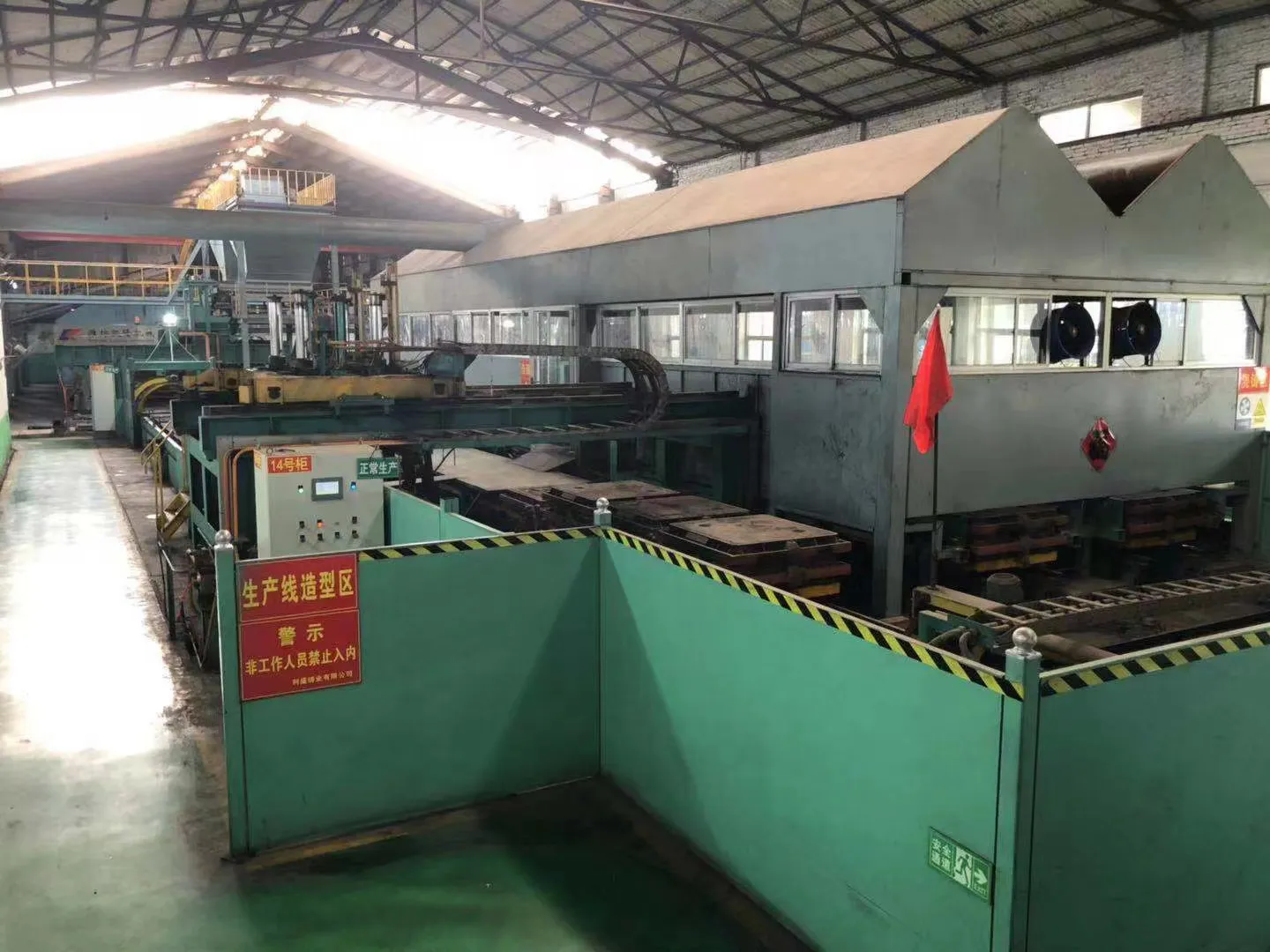tree grate design
Tree Grate Design Enhancing Urban Greenery
In urban landscapes, where concrete jungles dominate, trees play a crucial role in mitigating the harsh environments created by buildings and asphalt. Tree grates are essential components in urban design, facilitating the integration of greenery into cityscapes while ensuring the health and safety of both trees and pedestrians. Their design is critical, influencing everything from tree growth to urban aesthetics and functionality.
The Importance of Tree Grates
Tree grates serve multiple purposes. Primarily, they protect tree roots while allowing for soil aeration and water infiltration. By providing a stable surface for pedestrians, they minimize the risk of tripping hazards that can arise from exposed roots. Additionally, tree grates help organize urban space by delineating tree pits, which can enhance the visual appeal of sidewalks and public squares.
An effectively designed tree grate supports the growth of the tree while also addressing the needs of urban dwellers. Inadequately designed grates can lead to compromised tree health, root damage, and hindered growth. Moreover, they can contribute to urban runoff issues if not engineered correctly to allow sufficient water and air flow to the root system.
Key Design Considerations
Several factors must be taken into account when designing tree grates
tree grate design

1. Material Selection The choice of material for tree grates is vital for longevity and maintenance. Metals, plastics, and concrete are popular options, each with its pros and cons. Metal grates may be prone to rust, while concrete alternatives can crack under pressure. Composite materials often provide a balance of durability and aesthetic appeal.
2. Size and Shape The size and shape of tree grates must accommodate the growth of the tree while allowing adequate sidewalk space for pedestrians. Circular grates are common, but rectangular or custom shapes can be more suitable depending on the tree species and surrounding infrastructure.
3. Drainage and Airflow A well-ventilated and drained design is crucial. Holes or perforations in the grate should allow water to permeate the soil beneath, preventing root rot and promoting healthy growth. The layout of these openings must be strategically planned to ensure adequate exposure for the roots.
4. Aesthetic Integration Tree grates shouldn't just be functional—they should also enhance the area’s beauty. Custom designs that reflect local culture or art can transform grates from mere necessities into attractive elements of urban design. Using colors and patterns that harmonize with surroundings can create a cohesive environment.
5. Maintenance Considerations Urban environments are prone to debris accumulation. Tree grates should be designed for easy access to the tree trunk for maintenance while ensuring that they remain secure and do not require frequent replacement.
Conclusion
In conclusion, tree grate design is an integral aspect of urban planning that significantly impacts the vitality of trees and the wellbeing of urban residents. Thoughtful design considerations involving materials, size, drainage, aesthetics, and maintenance can lead to thriving urban greenery, enhancing the overall livability of cities. As cities continue to grow, prioritizing tree health through innovative grate designs will ensure that urban forests flourish, promoting environmental sustainability and improving quality of life for all inhabitants. By investing in effective tree grate design, urban planners can transform cities into greener, more vibrant spaces, ultimately benefiting ecosystems and communities alike.
-
The Smarter Choice for Pedestrian AreasNewsJun.30,2025
-
The Gold Standard in Round Drain CoversNewsJun.30,2025
-
The Gold Standard in Manhole Cover SystemsNewsJun.30,2025
-
Superior Drainage Solutions with Premium Gully GratesNewsJun.30,2025
-
Superior Drainage Solutions for Global InfrastructureNewsJun.30,2025
-
Square Manhole Solutions for Modern InfrastructureNewsJun.30,2025
-
Premium Manhole Covers for Modern InfrastructureNewsJun.30,2025
